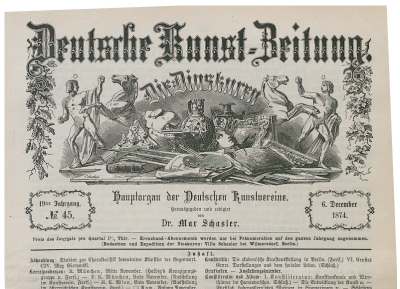Maksymilian Gierymski
Mediathek Sorted
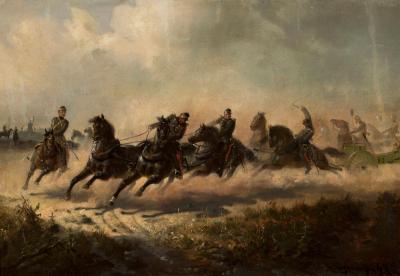
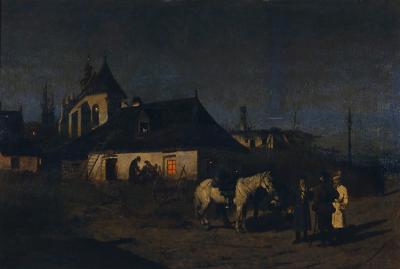
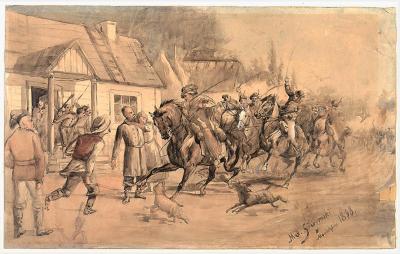
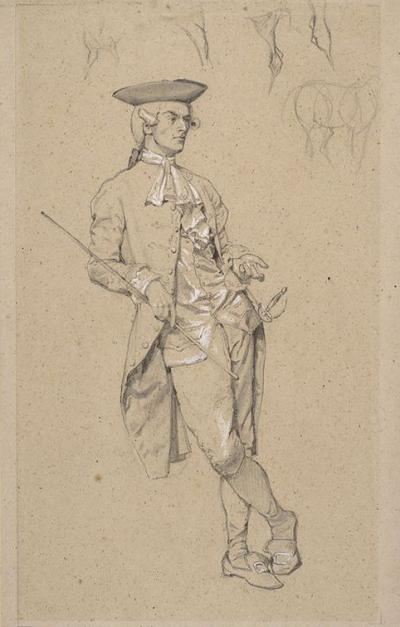
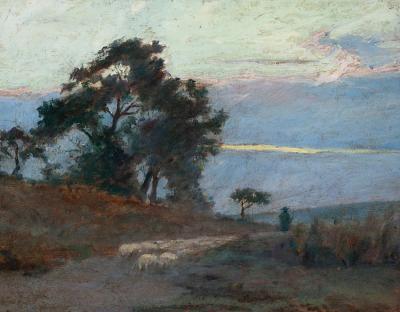
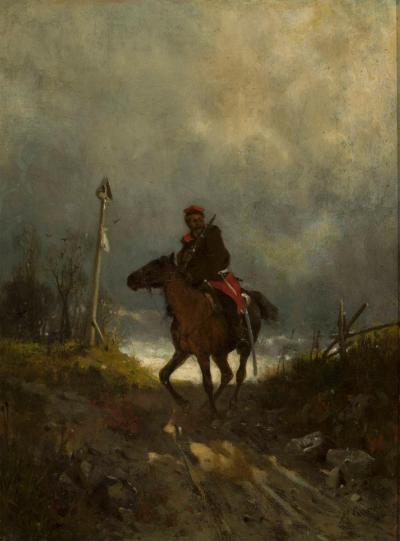
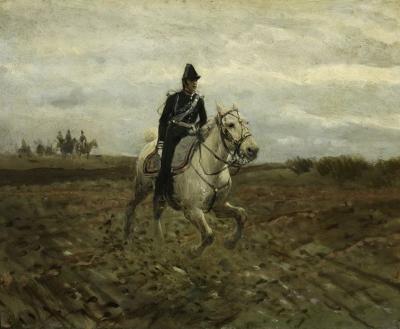

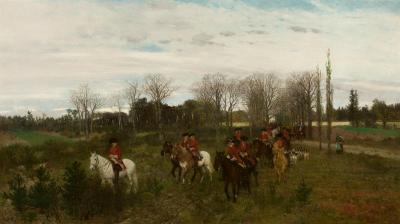
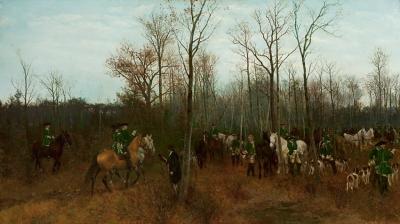
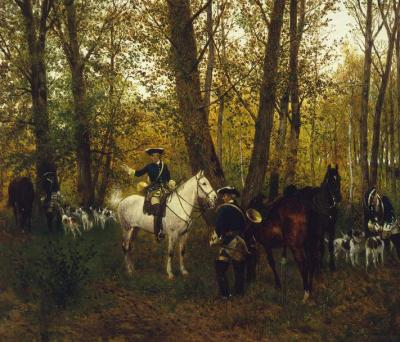
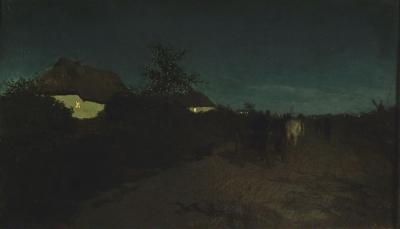
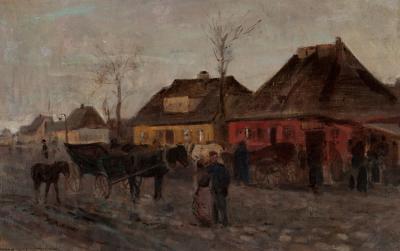
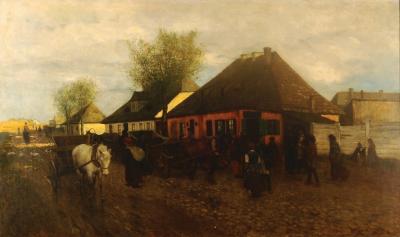
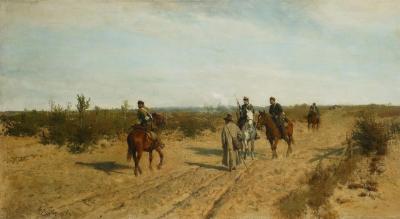
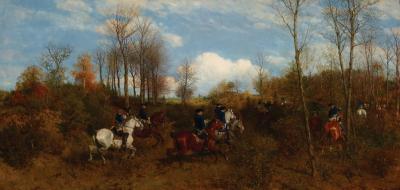

Such successes meant that people in Munich were queuing up to buy his works, and commissions from Berlin, Hamburg, London, Vienna and other European cities grew constantly. In Poland by contrast – where Gierymski had taken part in the exhibitions of the Society for the Promotion of the Fine Arts (Towarzystwo Zachęty Sztuk Pięknych) in Warsaw since 1865, and from 1867 onwards in exhibitions presented by the Society for the Promotion of the Fine Arts (Towarzystwo Przyjaciół Sztuk Pięknych) in Krakow – his work was met with incomprehension and criticism from conservative art circles. Hence in 1870 he decided to no longer exhibit his work in Polish partition sectors. Nonetheless he spent his summer holidays in Poland between 1870 and 1872 and also travelled to Warsaw on several occasions in the following two years. In 1871 he travelled to Northern Italy with his brother and visited Venice and Verona. Along with seven other Polish artists from Munich he was part of the German section in the World Exhibition in Vienna in 1873. Here he exhibited six paintings, all of which were in private hands: they included scenes from the January uprising in 1863/64 which the censor had banned from showing in the Russian sector of Poland. These were the “Alarm in the Insurgents Camp“ and the “Alarmed Vanguard” (Ill. 15), not forgetting the paintings “The Night”, “In front of the Tavern” and two Kossack portraits. For these Gierymski was awarded the Gold Medal.
He began participating in exhibitions at the Berlin Academy of Arts in 1870, and in 1872 was also awarded a gold medal. Two years later in 1874 he was elected an honorary member of the Royal Prussian Academy of Arts. In 1872 he fell ill with tuberculosis following a trip to Poznań, and in the following year he travelled for a cure to Merano and Bad Reichenhall. In 1873 he travelled to Rome with his brother in the hope that he could settle there because of the milder climate. This was where he painted his last picture the “Parforce Hunt” in 18th-century costumes (Ill. 16). But because of a severe deterioration in his health he was unable to complete a further picture entitled “Cavalry Attack”. In summer 1874 he returned to Munich to consult the doctors there. On their advice he returned once more to Bad Reichenhall, where he died on 16th September. His grave in the cemetery there was cleared away in the 1920s. In 1994 the Polish community erected a memorial plaque in his honour.
In December 1874 the Munich landscape and architecture painter Robert Aßmus (1842-1904) published a comprehensive obituary of Maksymilian Gierymski in the Munich art periodical Deutsche Kunst-Zeitung Die Dioskuren, the newsletter of the German Art Societies. This provided details of his life and artistic works (see PDF) and was used as the basis for an article in the Allgemeinen Deutschen Biographie published in 1879. Aßmus had been a friend of Gierymski since 1871 and described him as a master of “atmospheric landscapes, within which historic scenes of horsemen were only “accessories” (German: Staffage). He went on to write: “he particularly loved to create snow effects, and the feeling of rainfall and moonlight:, whereby he either took his large-scale “accessories” from the second half of the 18th century when men wore pigtails rather than wigs, or portrayed Polish insurgents, peasants and Jewish citizens.” To back up his opinion Asmuß quoted the landscape painter and Professor at the Munich Academy Eduard Schleich (1812-1874), who claimed to have given Gierymski the following advice on a visit to his workshop: “Keep painting landscapes, for which you have great sensitivity. Paint landscapes with a large number of accessories.”






















































































